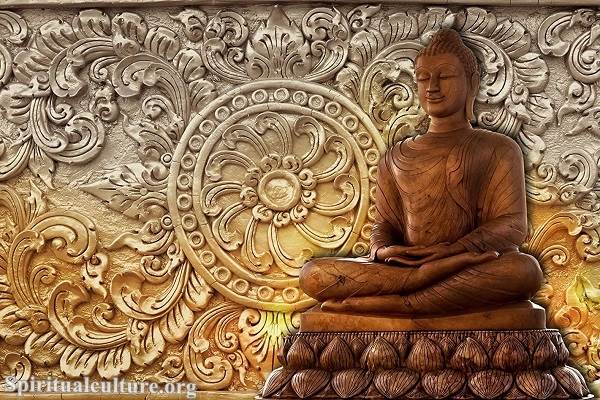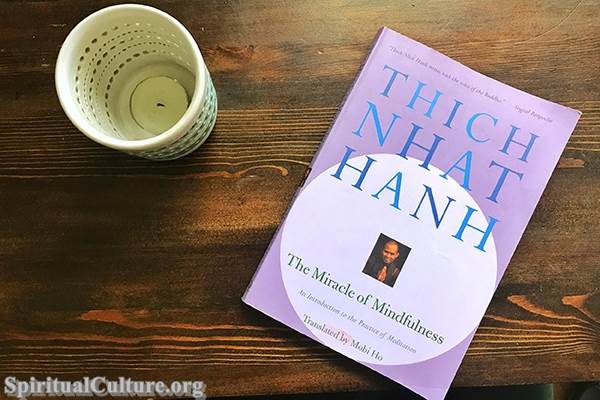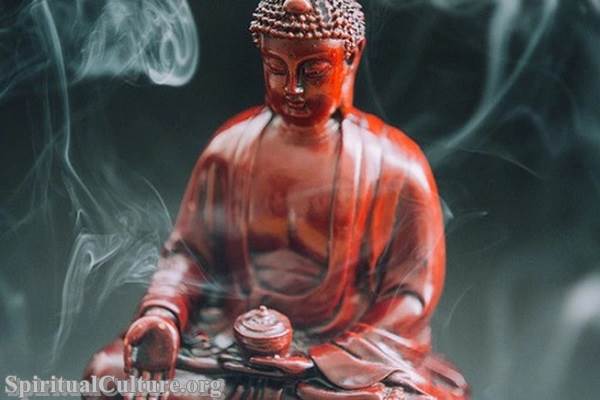Buddhism is a spiritual tradition that is rich in rituals, ceremonies, and practices that span over two millennia. It is a religion that has shaped the lives and philosophies of millions of people around the world. Among the myriad of Buddhist practices, the Kathina Ceremony stands out as one of the most significant, representing the generosity and interconnectedness that is at the heart of Buddhism.
Kathina Ceremony: A Celebration of Generosity and Community
The Kathina Ceremony, also known as the robe-offering ceremony, is a traditional Buddhist event celebrated annually by Theravada Buddhists. It occurs at the end of the three-month rainy season retreat, known as Vassa, which typically falls between July and October. The ceremony is a time of giving, where lay Buddhists present gifts to the monastic community, the Sangha, primarily in the form of new robes.
The word “Kathina” refers to the wooden frame used to measure and cut the cloth for the robes. The ceremony’s origins can be traced back to the Buddha’s time when he allowed his followers to sew and donate robes to the monastic community after the rainy season. This was because the monks’ robes often became worn and damaged during the retreat.
The Kathina Ceremony: A Ritual of Deep Symbolism
The Kathina Ceremony is more than just an act of giving; it is a tradition steeped in symbolism that reflects the core principles of Buddhism. The robe, or Kathina cloth, symbolizes the Buddha’s teachings, known as the Dharma. Offering the robe represents the lay community’s commitment to supporting the Sangha and, by extension, the Dharma.
The process of making the robe is also symbolic. It involves teamwork, cooperation, and mutual support among the monastic community, reflecting the Buddhist teaching of interdependence. After receiving the cloth, the monks must work together to cut, sew, and dye the robe in a single day and night, symbolizing their unity and harmony.
Buddhism: Emphasizing Generosity and Interconnectedness
The Kathina Ceremony embodies two fundamental aspects of Buddhism: generosity (Dana) and interconnectedness. Dana, the practice of giving, is one of the most important Buddhist virtues. It is seen as a way to cultivate a generous heart, reduce selfishness and attachment, and express gratitude. The Kathina Ceremony provides an opportunity for lay Buddhists to practice Dana by offering material support to the Sangha.
Interconnectedness, or interdependence, is another key Buddhist concept highlighted in the Kathina Ceremony. Buddhism teaches that all beings are interconnected in the web of life. The ceremony illustrates this principle by emphasizing the mutual support between the lay and monastic communities. It underscores the idea that spiritual practice is not a solitary endeavor but one that involves a whole community’s participation and support.
In Conclusion: The Kathina Ceremony’s Relevance Today
Despite its ancient roots, the Kathina Ceremony remains relevant and widely practiced today. It serves as a poignant reminder of the enduring values of generosity, community, and mutual support that underpin Buddhism. It also provides a tangible way for Buddhists to express their commitment to the Dharma and their gratitude to the Sangha.
In an era characterized by individualism and materialism, the Kathina Ceremony offers a refreshing counterpoint. It reminds us of the joy of giving, the importance of community, and the profound interdependence of all life. Whether one is a practicing Buddhist or not, these are values that resonate universally and can help us navigate the complexities of modern life with greater wisdom and compassion.



